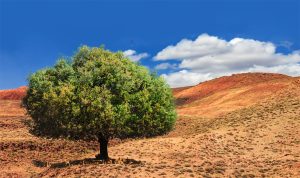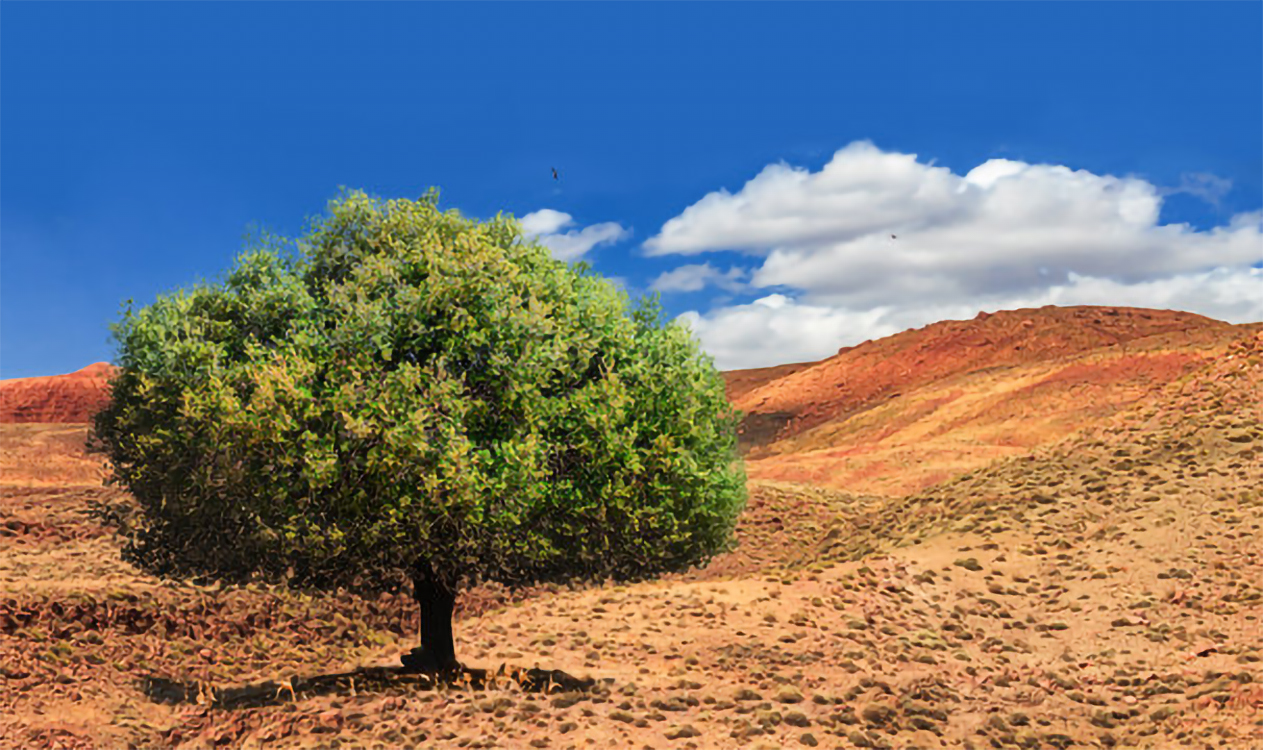
In 2021, the United Nations General Assembly proclaimed 10 May the International Day of Argania. The resolution, submitted by Morocco, was co-sponsored by 113 member states of the United Nations and adopted by consensus. The argan tree (Argania Spinosa) is a native species of the sub-Saharan region of Morocco, in the southwest of the country, which grows in arid and semiarid areas.
Buy Prime Test Series for all Banking, SSC, Insurance & other exams
The argan tree
- The argan tree is typically a multipurpose tree that supports income generation, increases resilience and improves climate adaptation, playing a very important role in achieving the three dimensions of sustainable development – economic, social and environmental – at the local level.
- The sustainable argan production sector contributes to the economic empowerment and financial inclusion of local communities, especially women living in rural areas. Cooperatives are instrumental in promoting local job opportunities and can play an important role in contributing to food security and in eradicating poverty.
History of the day:
- The United Nations Educational Scientific and Cultural Organization (UNESCO) designated in 1988 the endemic production area as the Arganeraie Biosphere Reserve.
- Also, all know-how concerning the argan tree was inscribed in 2014 on the UNESCO Representative List of the Intangible Cultural Heritage of Humanity.
- Moreover, in December 2018, FAO recognized the Argan-based agro-sylvo-pastoral system within the area of Ait Souab – Ait Mansour in Morocco as a Globally Important Agricultural Heritage System.
- And lastly, in 2021, the United Nations General Assembly proclaimed 10 May the International Day of Argania.




 Press Club of India Elects Sangeeta Baro...
Press Club of India Elects Sangeeta Baro...
 Download IBPS RRB PO Mains 2025 GA Capsu...
Download IBPS RRB PO Mains 2025 GA Capsu...
 November 2025 Month Current Affairs PDF
November 2025 Month Current Affairs PDF







